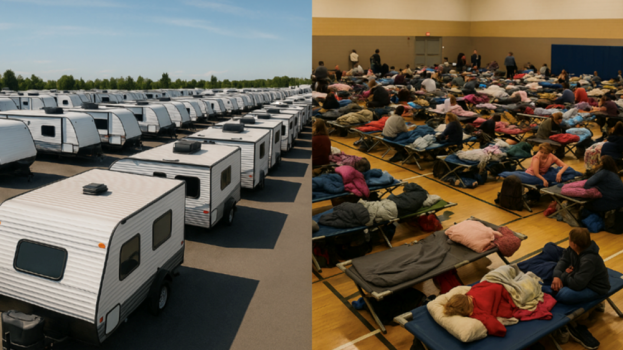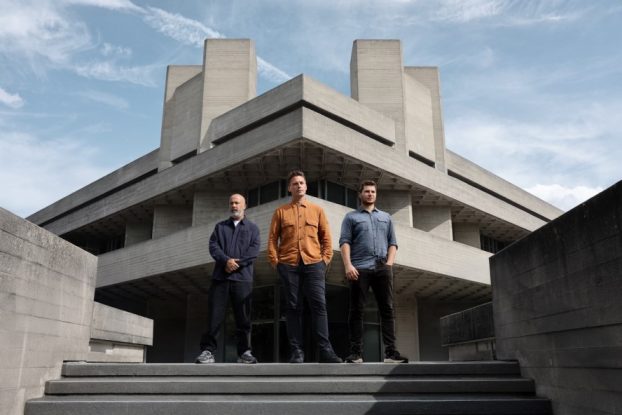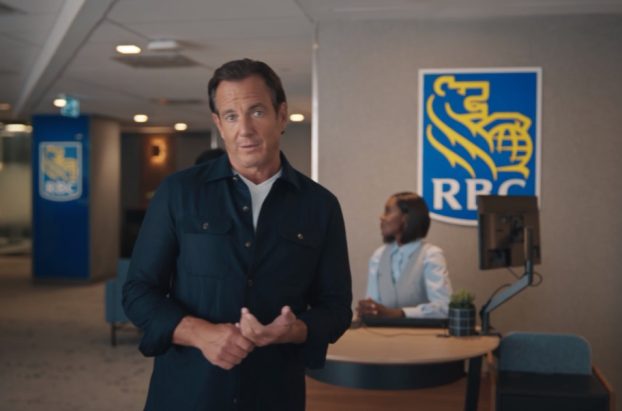You’re reading a story from Strategy C-Suite, a weekly briefing on how Canada’s brand leaders are responding to market challenges and acting on new opportunities. Sign-up here to receive the latest stories.
By Will Novosedlik
After arriving home from a holiday on the French Riviera a couple of weeks ago via Air Canada, Canadian ad veteran and Cannes Lions advisory board member Karen Howe shared her story on LinkedIn of trying to locate and retrieve lost luggage.
“My husband drives to the airport every day and goes to the lost baggage claim and says, ‘Has anyone found our luggage yet?’ Yesterday he found out they closed the file,” Howe posted. “Two are still missing, and it’s 21 days today…No one knows where any of our luggage is nor why it is gone. The AC site provides no information, nor does the team at Pearson. The arrivals hall is filled with hundreds of unclaimed suitcases.”
With pent-up demand for travel exploding, Air Canada is now mired in a crisis as it deals with cancelled flights, reduced routes, lost luggage, overwhelmed and under-resourced desk agents and baggage handlers, and interminable waits in airports overcrowded with weary, frustrated passengers – all chipping away at its brand.
In an apology letter to customers on June 29 announcing “meaningful reductions to our schedule” to “enable us to more reliably serve all customers,” Air Canada president and CEO Michael Rousseau explained that “despite detailed and careful planning…airline operations too have been disrupted by the industry’s complex and unavoidable challenges.”
This is a brand crisis in the most classic sense, so we tapped experts with this question: If you were CMO of Air Canada, what would you do?
David Kincaid, co-founder of Level 5 consulting, recalls the response of Maple Leaf Foods during the listeria outbreak in 2008 as a textbook case in how to handle such a crisis. “CEO Michael McCain wasn’t airing 30 second spots about it,” he says. “He wasted no time acknowledging the problem, explained what caused it and told everybody what he was doing to solve it. And then he kept people updated.”
Carrie Bradley, managing partner of The Bradley Group and experience strategy director at Bond Brand Loyalty, agrees. “The very first, day-one action would be to counteract the negative fear-inducing headlines by publicly owning and taking control of the situation,” she says. “I would use every tool that I have – from social media to digital – to report on the daily performance regarding check-in times, flights, leaving on time, baggage loss and time to deliver that lost baggage.”
Howe emphasizes the first moves are critical. “Don’t go dark: Human contact matters and goes a long way to retaining customer loyalty when things go awry,” she says. “Be honest, transparent and factual.”
Peter Drummond, co-founder and strategist of brand consultancy PSD+G Strategy Group, received an Aeroplan awards promotion in his inbox with the headline “Make your next trip more rewarding” just as Air Canada announced the elimination of 9,000 flights – highlighting the importance of pivoting your marketing messaging to focus on the crisis at hand. “The promotion would have been in the media calendar,” says Drummond. “Why wouldn’t the leadership team have checked in with the marketing department to see what’s going on with promotional messaging?”
Drummond cites this as an example of long-term strategy and short-term tactics being completely out of whack, and a situation the airline should have seen coming. As CMO, he would have halted all brand and retail communication and planned for all possible outcomes months ahead. “I’d review all strategic and tactical messaging that we had on the calendar and do a war game scenario,” says Drummond. “If the industry is going to do X, what are we going to do? If the industry is going to do Y, how will we respond? Now I know what the strategic and the tactical messaging scenarios are and depending how our customers react, then we have a clear pathway to messaging for that week or for that day.“
To this point, Kincaid says, “Sometimes you’re not marketing benefits. Sometimes you’re marketing solutions to problems. The marketing of all of this is just as important as the actual operational fix.”
In the midst of such a crisis, employees – the ones dealing directly with customer complaints – should also be acknowledged. When Delta Air Lines CEO Ed Bastian recently delivered his apology to SkyMiles members, he made a point to thank employees for their efforts. Carrie Bradley would take that a step further. “What are you doing for the people you are hiring for these roles?” she asks. “What kind of additional training will they get to deal with the unprecedented experiences they are about to face?”
In his message to customers, Air Canada’s Rousseau expressed sympathy with travellers but didn’t mention those working on the front lines. Karen Howe points out if you don’t own up to such a mess, then it shouldn’t be a surprise when your brand falls to the bottom of global rankings. According to a recent survey, WestJet and Air Canada have been the two worst performers on the top 10 list of global carriers.
All consultants agreed on the need to protect and prioritize your loyal base. Howe finally retrieved her luggage after 32 long days, and she is still pulling for Air Canada, seeing this as an opportunity for innovation. “Crazy times call for unprecedented creativity,” she says. “Throw everything and everyone you have at it with unparalleled focus. You have smart people and tremendous resources. Your brand is on a precipice but you can pull it back with the right moves.”
























